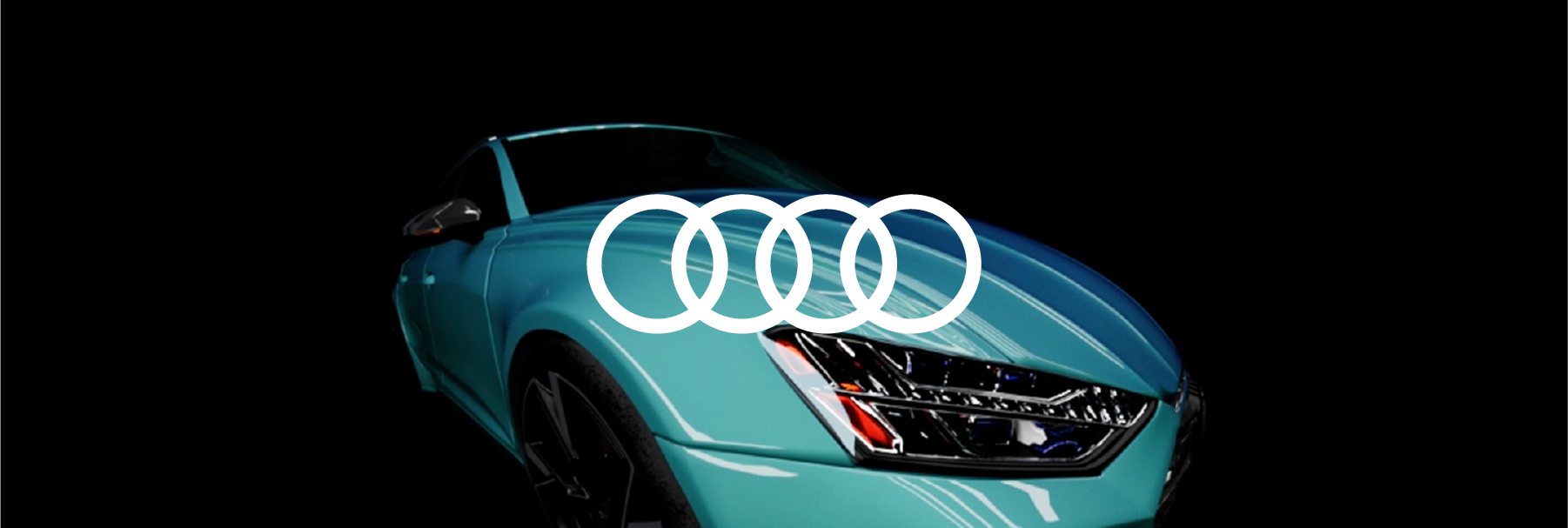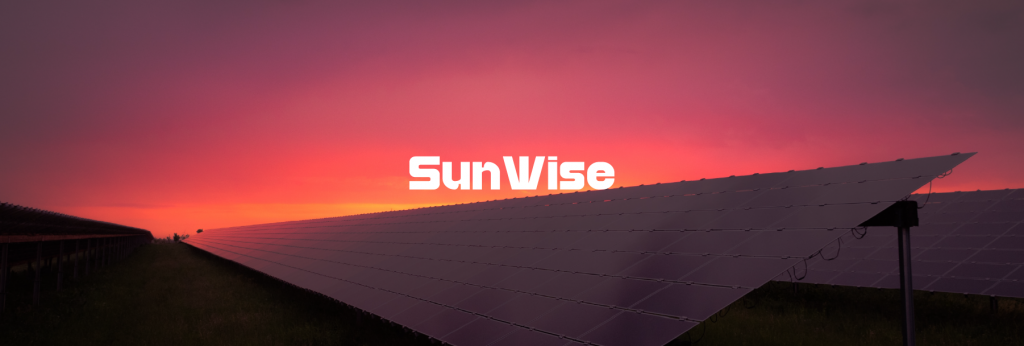AUDI RS6 — 3D Animation Study & Cinema 4D Technical Exploration

As a 3D artist pushing the boundaries of photorealistic automotive visualization, I needed to test Cinema 4D’s advanced rendering capabilities for complex glass materials, dynamic lighting systems, and high-end product animation. The goal was to create a seamless loop animation that showcased technical mastery while exploring the limits of current 3D software for automotive visualization.
Our mission:
- Push Cinema 4D’s glass reflection and refraction systems to photorealistic limits
- Master advanced lighting techniques for premium automotive visualization
- Experiment with cinematic camera movements and lens characteristics
- Create a portfolio piece that demonstrates technical excellence and artistic vision
- Develop workflows for seamless loop animations with complex materials
The Strategy
The Audi RS6 provided the perfect subject for technical exploration — its sleek surfaces, complex geometries, and premium materials demanded advanced 3D techniques that would showcase both software mastery and artistic eye for automotive design.
Key strategy elements:
- Advanced Glass Material Systems Developed complex shader networks combining reflection, refraction, and subsurface scattering to achieve realistic glass behavior. Experimented with IOR values, caustics, and volumetric effects to capture authentic automotive glass characteristics.
- Dynamic Lighting Architecture Created sophisticated lighting rigs using area lights, HDRI environments, and practical lighting sources. Balanced studio lighting principles with dramatic cinematic aesthetics to highlight the RS6’s aggressive design language.
- Cinematic Camera Techniques Implemented advanced camera systems with realistic lens distortion, chromatic aberration, and depth of field effects. Used multiple focal lengths and camera moves to create dynamic visual narrative within the loop structure.
- Seamless Loop Animation Engineered precise timing and easing curves to create perfectly looping animation that maintains viewer engagement. Balanced dynamic camera movement with stable hero lighting to showcase material quality throughout the sequence.


Impact & Outcomes
“From technical exercise to portfolio centerpiece — the RS6 animation became a benchmark for automotive 3D visualization mastery.”
- Software Expertise: Mastered Cinema 4D’s advanced material systems and lighting workflows for automotive applications
- Industry Recognition: Featured by Cinema 4D community showcase and shared by automotive design professionals
- Workflow Development: Created replicable systems for automotive glass materials and lighting rigs used in subsequent commercial projects
- Creative Growth: Established foundation for advanced automotive visualization specialization
Lessons & Wins
- Technical constraints drive creative solutions. Pushing Cinema 4D’s limits forced innovative approaches to complex material challenges, resulting in more sophisticated rendering techniques than standard workflows would produce.
- Automotive visualization demands obsessive attention to surface detail. Every reflection, refraction, and light interaction needed perfect calibration to achieve the premium quality that automotive brands expect from their visual communications.
- Seamless loops require mathematical precision. Creating compelling loop animations meant balancing artistic camera movement with precise timing calculations to ensure smooth transitions that maintain viewer engagement.
- Lighting makes or breaks automotive CGI. The difference between amateur and professional automotive visualization lies primarily in lighting sophistication — understanding how light interacts with automotive paint, glass, and metal surfaces.
Summary
The Audi RS6 animation project served as both technical exploration and portfolio development, pushing Cinema 4D’s capabilities while establishing advanced automotive visualization skills. Through systematic experimentation with glass materials, dynamic lighting, and cinematic camera work, the project demonstrated the technical mastery and artistic vision required for high-end automotive CGI work, ultimately opening doors to commercial opportunities in the automotive visualization market.


